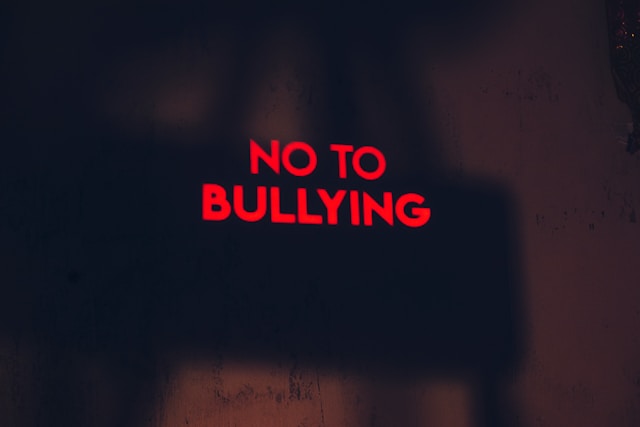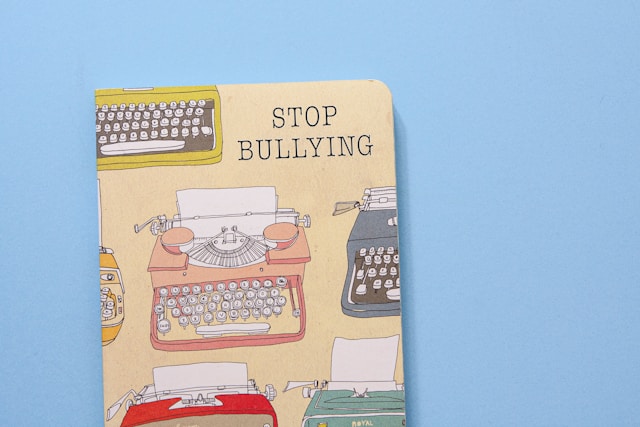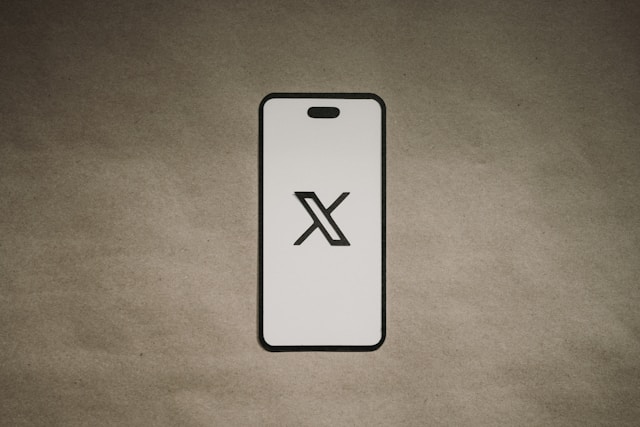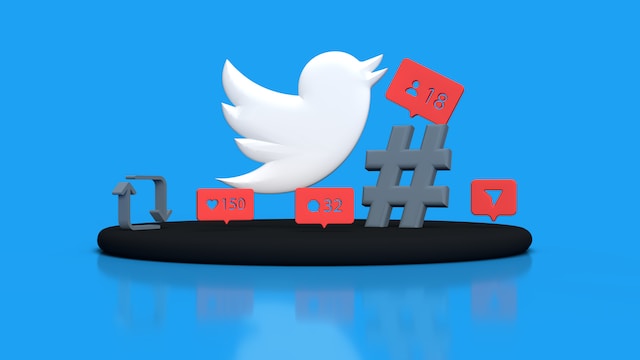Cyberbullying has grown to become one of the leading internet vices today. People of different ages and backgrounds practice this form of bullying, not just kids. It is now so widespread, attracting legislative consequences. To help protect you while using the internet, this article discusses how to prevent cyberbullying while using social media.
Social media users suffer the most from cyberbullying. Bullies now use social platforms to attack their targets effectively. Sometimes, social audiences even help execute and escalate these attacks. Nevertheless, you’ll learn how to conceal yourself from such attacks while using the internet.

What Is Cyberbullying? Understanding the Concept
Cyberbullying is the act of using digital technologies or an electronic device to bully another user. That happens when someone uses communication technologies to harass, embarrass, or threaten someone. This definition, though simple, describes what cyberbullying is.
Additionally, when you send seemingly simple text messages with mean, abusive, rude, and threatening content, you’re performing cyberbullying. It also extends to public posts shared on the internet and meant to embarrass and hurt others. Cyberbullies also use videos and images to attack their targets by sharing embarrassing photos and videos.
Cyberbullying is only a digital extension of physical bullying as you know it. Online bullies try to intimidate others with mean comments about their physical appearances or differences, race, gender, or religion.
Unfortunately, the internet promotes cyberbullying, allowing it to thrive. Many audiences enjoy the thrill of defamation and abuse, provided they are not the target. They approve and promote defaming content supporting bullies’ agendas.
Cyberbullying occurs all over the internet, from messaging platforms to social media and gaming platforms. However, this act is most prevalent on social media, where bullies use fake social media accounts. The support of social audiences makes these platforms more effective for cyberbullying.
Most cyberbullies use fake online accounts and profiles to send and post harmful messages. They leverage this anonymity to share despicable content, targeting another internet user.
Cyberbullying is willful and, most times, a continuous act. Internet users of any age can practice cyberbullying and target anyone. Students can target their fellow students or a teacher. An individual can also target a socialite or an influential figure.
The History of Cyberbullying
Cyberbullying is now a widespread social problem, occurring every hour of every day. Although not all cases make headlines, the people affected and their loved ones endure it globally. “How did we get here,” you may wonder. To answer that question, you’ll need to look at the history of cyberbullying.
Reports show that cyberbullying seamlessly evolved from in-person bullying with the adoption of the internet into daily life. However, some significant recorded incidents in the early 2000s brought this social menace to the limelight.
One of the earliest recorded cases of cyberbullying occurred in Missouri in 2007. Here, some teenagers created a fake MySpace profile to harass 13-year-old Tina Meier to the point of suicide.
Although a federal court tried and convicted the offenders, it acquitted them. However, this incident caused Missouri to pass a State law against harassment, including cyberbullying.
Online bullying intensified in the mid-2000s when smartphones became a must-have among teenagers. Unfortunately, it made online harassment easier with text, photos, and even videos. That is what led to the deaths of Logan, aged 18, and Hope, aged 13, both popular victims of cyberbullying.
Logan and Hope committed suicide after their boyfriends shared their nude photos with friends across several high schools. These cases of cyberbullying made headlines, leading to lawsuits and state legislation against cyberbullying in Ohio and Florida, respectively.
Again, the United States passed a federal cyberbullying law in 2012 after the death of Tyler Clementi in 2010. Clementi, a victim of cyberbullying, reportedly jumped off a bridge after his roommate live-streamed him kissing a man on Twitter.
Today, cyberbullying weaves into the fabric of social media use under the terms trash-talking and criticism. Moreover, with the overwhelming audience, the visibility of such posts makes the victims a target of millions.

Top Cyberbullying Statistics in the United States
Informed by the growing consequences in society, cyberbullying is now a topic of contemporary research.
Many scholars seek to understand the reach and effect of this menace on society. Others focus on measuring the impact of legislation and anti-cyberbullying efforts. Still, others examine the efforts of social platforms against cyberbullying.
Consequently, this section will share some top cyberbullying statistics from Exploding Topics in the United States.
Cyberbullying Target Statistics
- Cyberbullies have targeted at least 40% of adults and 60% of children.
- Cyberbullying victims have doubled since 2014.
- At least one in every four high and middle school students faces cyberbullying every 30 days.
- Around 92% of Americans consider cyberbullying a problem.
Cyberbullying Prevention Stats
- 48 US states have laws against cyberbullying.
- Three in every four adults do not believe in anti-cyberbullying efforts.
- Four out of every five US adults wants more laws against cyberbullying.
Cyberbullying Platform Statistics
- Around 75% of cyberbullying incidents occur on Facebook.
- 41% of cyberbullying targets on social networking sites insist that the platforms took no action and remained unresponsive.
- Facebook identified two out of every three cyberbullying content before users reported them.
- 79% of American adults believe that social platforms can do better to address cyberbullying.

Is Cyberbullying Illegal?
Yes, cyberbullying is illegal in many countries, including the United States. Although no federal US law addresses cyberbullying, at least 48 states have legislation against this action.
Most of these state laws confer criminal charges on perpetrators of cyberbullying. Other states may subject cyberbully to civil liabilities and other penalties, including monetary fines.
So, depending on the state, a cyberbully can face criminal charges. They could also stand before a civil court and pay damages for their action. Sometimes, the cyberbully may face jail time and still pay a fine, depending on the consequences of their actions. Some states even charge youths 12 years and older in a youth court for cyberbullying.
US states like Alabam group cyberbullying with harassment and met out the same punishment for offenders. In such states, they categorize cyberbullying as a misdemeanor that could earn you up to one year of imprisonment. In extreme cases where cyberbullying leads to physical assault or murder, the bullies face felony charges.
Besides the criminal and civil sanctions, some state laws also require schools to discipline students who engage in cyberbullying.
The States allow schools to enforce disciplinary measures such as suspension or expulsion for student perpetrators. Some State laws even permit schools to recommend and enforce rehabilitation and alternative education programs for cyberbullies.
All these prove that cyberbullying is an illegal act, one you should avoid. It may look like harmless fun, but it can get you in trouble with law enforcement agencies! Besides being illegal legislatively, cyberbullying is morally unacceptable, so it’s best to avoid it completely!

How To Help Prevent Cyberbullying on Twitter
Social media platforms, like Twitter now X, are some of the most popular platforms for cyberbullying. However, while it is easy to perpetuate this online activity on this platform, it is also easy to prevent it. Thus, this section considers some tips to help you prevent cyberbullying on X.
Cyberbullies on all social platforms use the same method of operations. So, learning to prevent Cyberbullying on Twitter will equip you to help prevent it on other platforms. Applying these tips will help you protect yourself and others on the internet.
Report Cyberbullies on the Social Platform
One effective way to help stop bullying on social platforms is by reporting cyberbullies. All social platforms, including Twitter, allow users to report harmful and abusive posts to keep the platform safe. Using this feature does not make you a snitch. Instead, it shows that you’re a conscious internet user concerned about users’ safety.
Twitter also has an effective content moderation team that finds and removes cyberbullying content and penalizes the authors. The team also uses AI tools to moderate content on the platform. However, you can also help by reporting tweets that escape their notice.
This action helps train the AI tool for content moderation, playing a massive role in keeping X safe. Nevertheless, you may wonder how to report a cyberbully on X. You can report their tweets containing harassing and harmful content. Reporting harmful tweets is as simple as filing a Twitter DMCA report.
Below are the five steps to report a harmful tweet on X:
- Navigate your timeline to find the abusive or harmful tweet.
- Tap the overflow icon on the top right corner of the tweet.
- Select Report Post from the submenu that appears below.
- Tick the option that best describes the nature of the harmful post and click Next in the black highlight.
- Follow the prompts in the proceeding pages to complete your report.
Twitter will accept your report and conduct a thorough investigation. If the tweet is truly harmful, they remove it immediately and penalize the author. Depending on the extent of harm, the penalty could be a simple suspension or a complete ban on the account.
Do Not Promote Cyberbullying Content
Most cyberbullies bully their target with an absurd sense of humor. They make fun of others to thrill social audiences. That is why social media sites like X are fertile grounds for cyberbullies.
Many users subscribe to the bullies’ idea of fun and help harass their targets. They do this by vigorously engaging and sharing this content within and across social platforms. Unfortunately, it affects victims even more as the audience and participants increase. It becomes worse when such content trends on social platforms.
Refraining from promoting this content on the platform helps prevent cyberbullying. Remember, a simple Like or comment on such posts counts towards their engagement and can increase the tweets’ visibility.
Instead of promoting such tweets, report the tweet, mute words associated with cyberbullying, and block renowned cyberbullies on X. That will help reduce their reach and impact on the platform.
Avoid Retaliating or Responding to Cyberbullies on the Platform
When a cyberbully attacks you or a friend, you may desire to respond or retaliate immediately. However, that is not the best thing to do; it’ll only make things worse!
When you respond to a cyberbully through a comment or retweet, you help promote the tweet on the platform. As engagements increase on the post, Twitter’s algorithm shares it with more tweeps for further engagement.
On the other hand, if you retaliate, you also become a cyberbully. Remember, cyberbullying is illegal. You wouldn’t want to get into trouble for simply trying to get back at a bully.
Therefore, reporting the cyberbully on and off the platform is best. Save the tweet as evidence and report it to responsible authorities. These authorities will discipline the bully and take appropriate steps to protect their target.
The goal of learning how to prevent cyberbullying is to help curb this menace online. However, you must ensure you are not a cyberbully to achieve this. So, always review your account to ensure that you do not promote any cyberbullying content while using these platforms.
TweetEraser can filter your X account and remove posts promoting cyberbullying. This tool will help you delete such tweets in bulk and without a trace. TweetEraser is easy to use and affordable. It is also secure and does not share ads on your account. So, start filtering and cleaning your Twitter timeline today!





